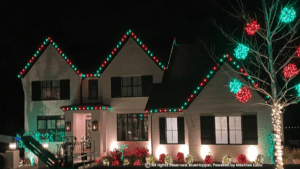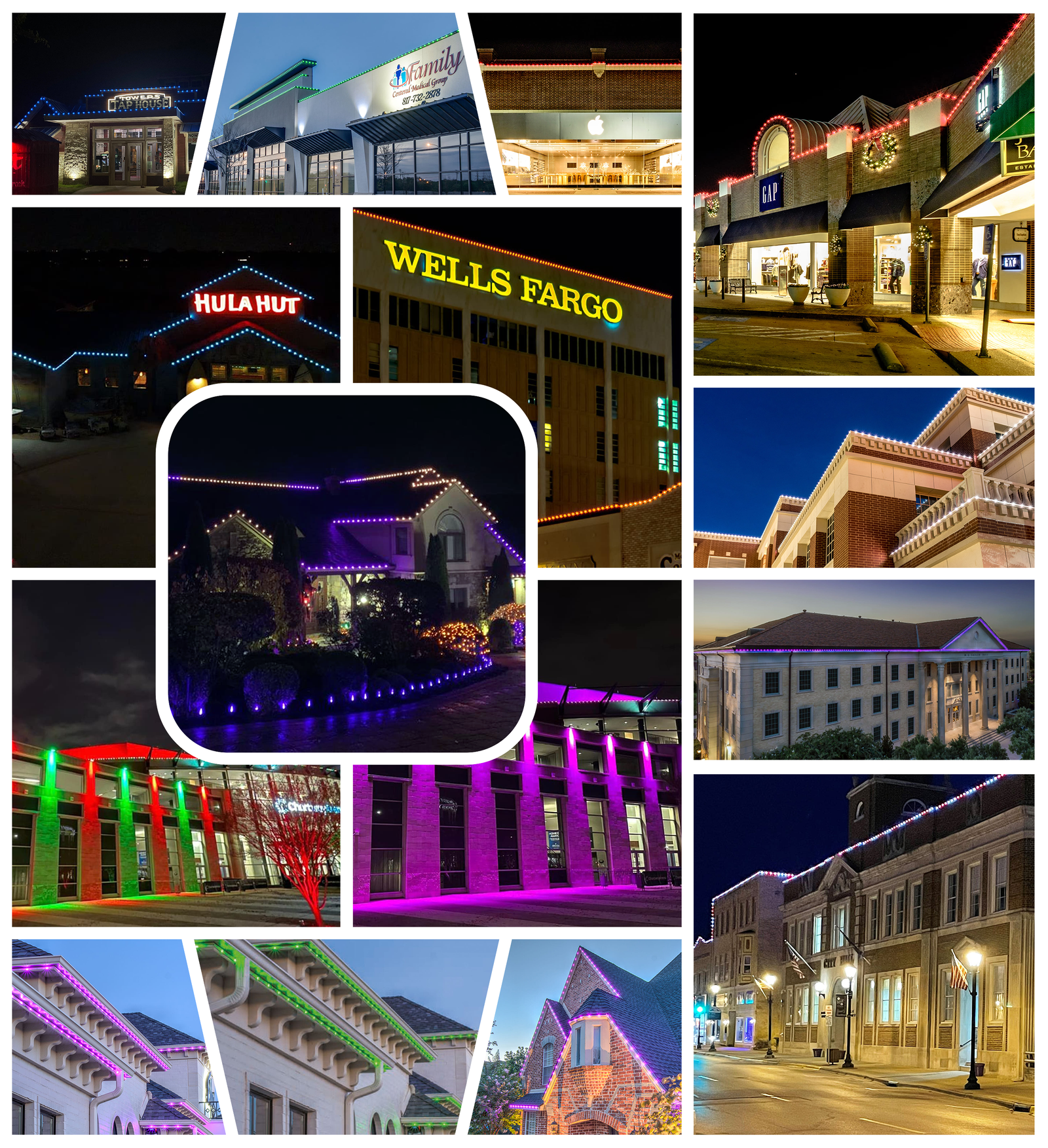Residential lighting automation has become increasingly popular in the United States and Canada due to several factors. Firstly, residential lighting automation provides convenience and enhances the homeowner’s quality of life by allowing them to control their lighting from a single device. Secondly, residential lighting automation has become more affordable and accessible, with a wide range of systems available at different price points. Finally, there is a growing awareness of the need to conserve energy and reduce the carbon footprint of homes, which residential lighting automation can help to achieve. According to a report by the National Association of Home Builders, 65% of homes built in the United States in 2018 included some form of home automation, with lighting automation being one of the most popular features. Additionally, a survey by the Consumer Electronics Association found that 25% of households in the United States own at least one smart home device, with lighting being the most popular category. In Canada, a report by Statista found that the smart home market is projected to reach $6.5 billion by 2025, with lighting automation being one of the most popular categories. Lighting is one of the primary sources of energy consumption in homes, and traditional lighting systems can be inefficient and costly. However, with residential lighting automation, homeowners can significantly improve energy efficiency and reduce electricity bills. In this blog, we will discuss how residential lighting automation can improve energy efficiency and reduce electricity bills.








